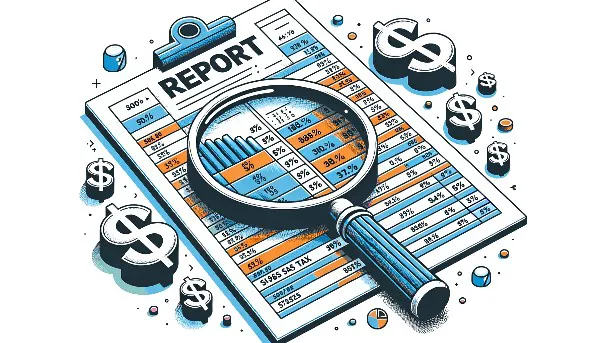
Shopify is an excellent platform to start your business journey. We’ve worked with many businesses who have found success with Shopify as their main sales channel. As your Shopify business grows, you will have a better chance at success if you have accurate financial data while making decisions. And accurate financial data comes down to accurate accounting (our favorite thing!). In this article you will find common Shopify accounting mistakes that we continually see. Avoid these mistakes and you will have a better chance at success!
Shopify Accounting common mistakes:
- Miscalculation of Inventory/Cost of Goods Sold Value
- Miscalculation of Sales Tax
- Recording Shopify Deposits as Revenue
- Combining Business and Personal Activities
- Little or No Accounting
1. Miscalculation of Inventory/Cost of Goods Sold Value
99.9% of Shopify sellers keep inventory of the products they sell. Every product, whether manufactured or purchased for resale, will have a cost and sales price. To accurately calculate the actual cost of goods sold (COGS), gross profit margin, and value of inventory in hand, you need to determine the COGS for each SKU and record COGS at the right time.
Many Shopify sellers calculate an inaccurate COGS. Furthermore, we see many sellers record COGS at the wrong time, not at the time of the sale. These mistakes will skew your gross profit margin and reflect an inaccurate inventory value, which can lead to poor business decisions and ultimately business failure. So, this is so important to get right!
For a full picture of accurately calculating and recording COGS, read our article about ecommerce cost of goods sold.
2. Miscalculation of Sales Tax
Accounting for sales tax is a big headache for Shopify sellers. Most of them don’t have the necessary knowledge and expertise about sales tax laws. Furthermore, they don’t know how to record sales tax on their books.
Here are the common errors regarding sales tax that we see:
- Not keeping a proper records of their tax liability in their accounting system.
- Recording the value of sales tax collected as income on their income statement, not as increased liability.
- Recording sales tax remitted to the states as expenses on their income statement, not as decreased liability.
- Not understanding which commodities are taxable and which are exempt.
- Collecting sales tax when they shouldn’t, or not collecting sales tax when they should.
- Not setting up Shopify to collect sales tax from the right customers.
For a step-by-step guide on sales tax compliance, download our “10 Steps to Ensure Sales Tax Doesn’t Burn Down Your Ecommerce Business”.
3. Recording Shopify Deposits as Revenue
Due to a large amount of daily transactions, Shopify sellers prefer to record revenue by when Shopify deposits money in their bank account. This creates a couple of issues:
Violation of matching concept
The matching concept of accounting states that all the transactions should be recorded in their respective period of occurrence. Normally, Shopify payments take two business days to clear and transfer to the seller’s bank account. For example, the payments of 29th December sales will clear on the 2nd of January next year. Most sellers record these sales on the 2nd of January, which is not accurate. These sales should be recorded in the sales of December, according to the Generally Accepted Accounting Principles (GAAP).
Inaccurate revenue and missed data
According to GAAP, every amount should go to its proper chart of accounts. Another common accounting error for Shopify sellers is that they treat the deposits from Shopify as revenue. The problem is that this deposit is the cash left after sales, shipping charges, sales tax, discounts, and all other activity that happens when a customer pays. A lot of data is missed by just recording the deposit from Shopify as revenue. But getting this financial data requires diving into your Shopify account. Even though it will take more time or money to do so, you will have better financial data and an understanding of your business.
4. Combining Business and Personal Activities
Shopify stores are often owned and run by single owners, with one or two employees. In this situation, it becomes very difficult to keep record of business and personal activities separately. As a result, the seller often records personal expenses and income generated from other sources in the books of the Shopify store. This practice can give you an inaccurate picture of your business and have legal and tax implications as well.
Whether your store is legally registered or not, the best practice is to keep record of your personal and business activities separately.
5. Little or No Accounting
Some Shopify sellers run their businesses with a mindset that they can fulfill their accounting needs from the Shopify dashboard or keep some data in their head (what?!). This creates big problems, especially for businesses that grow rapidly. At the end of the day, without a proper accounting system in place, you will miss out on important information. This can lead to failure or a large loss of potential profits.
Hopefully we’ve convinced you to put proper accounting practices in place. It will give you more control on your business activities and provide up-to-date information about your business. But we know it’s often the last thing you want to do. Trust us, invest a little time and money on your Shopify accounting and it will pay off in the end.





